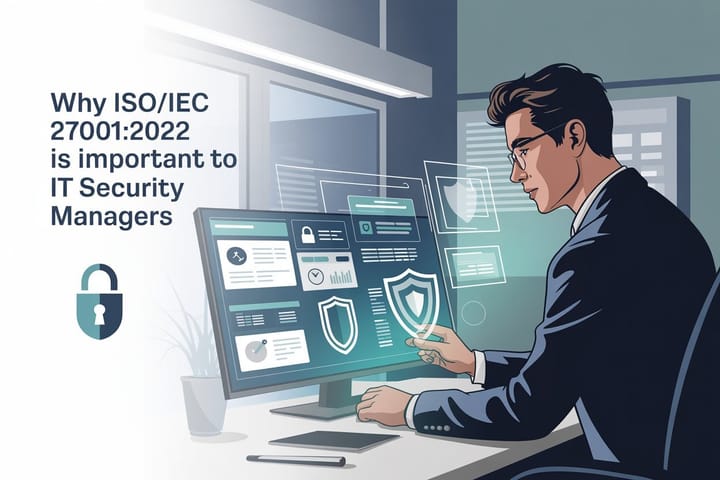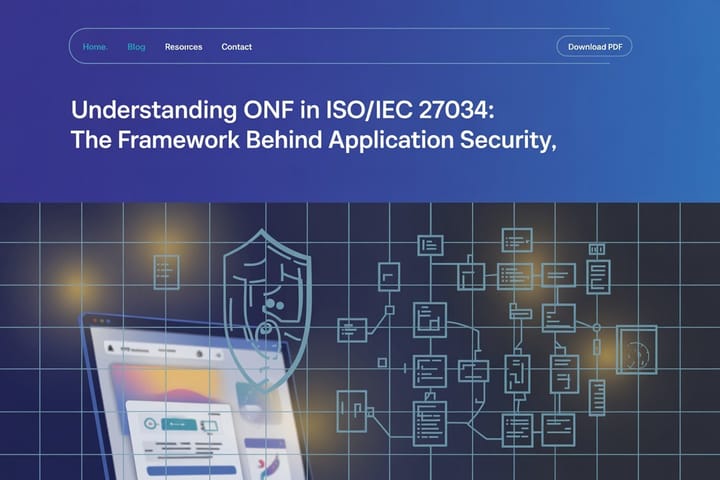Understanding the Challenges of Digital Twin Environments - Course Monster Blog
NASA pioneered technology to recreate each voyaging spacecraft for use in research and simulations in the 1960s, which gave birth to the concept of a digital twin. While this example refers to a digital reproduction of a real thing, software and simulated hardware components have grown through time to imitate operations.
Red Hat has implemented digital twin solutions for some clients, which has allowed us to build a high-level description of some of the architectural methods we’ve utilized and lessons learned. We’ll go over some of the highlights in this post to assist you in better understanding DTEs and how they can fit your needs.
Modern DTEs’ Advantages and Disadvantages
Modern digital twin environments (DTE) provide a logical environment in which software and sometimes hardware components interact to replicate a complete system or subsystem, rather than just a single process, as a simulation allows.
DTEs are frequently used to test the interactions of software components or to simulate situations and record the outcomes on a much bigger scale. These tests’ results may be used with artificial intelligence and other technologies to forecast outcomes and help improve software performance.
DTEs can have certain disadvantages for a solution and delivery architects with limited resources, since they may be expensive and difficult to provide and deploy. The varied structure of the settings makes replication and scaling challenges, and updates and adaptations are costly and time-consuming.
Given the infrastructure’s high cost, users should aim to utilize their underlying hardware to get the most out of their investment. As a result, a flexible solution is essential, allowing architects to develop DTEs on-demand to handle a range of workloads.
DTE solutions from Red Hat are Flexible
Red Hat has iterated and innovated to solve customer challenges with a focus on three major domains: the control plane as the primary entry point to the solution, the data plane as the data management area, and the environment plane as the hardware environment. As more customers become interested in simulating how software changes will impact hardware or existing software components that have previously been released to the market, Red Hat has iterated and innovated to solve customer challenges with a focus on three major domains: the control plane as the primary entry point to (physical or simulated).
Prior to the establishment of a quick, repeatable process for deploying DTEs to experiment, simulate, or validate components (or groups of components) of a complex software system, these three areas must be rigorously assessed.
Organizations might benefit from testing emulated hardware components to help safeguard their investment in establishing these environments as digital twin technology advances. Volkswagen, for example, collaborated with Red Hat to shift hardware testing to virtual environments utilizing Red Hat OpenShift containers.
Here at CourseMonster, we know how hard it may be to find the right time and funds for training. We provide effective training programs that enable you to select the training option that best meets the demands of your company.
For more information, please get in touch with one of our course advisers today or contact us at training@coursemonster.com




Comments ()